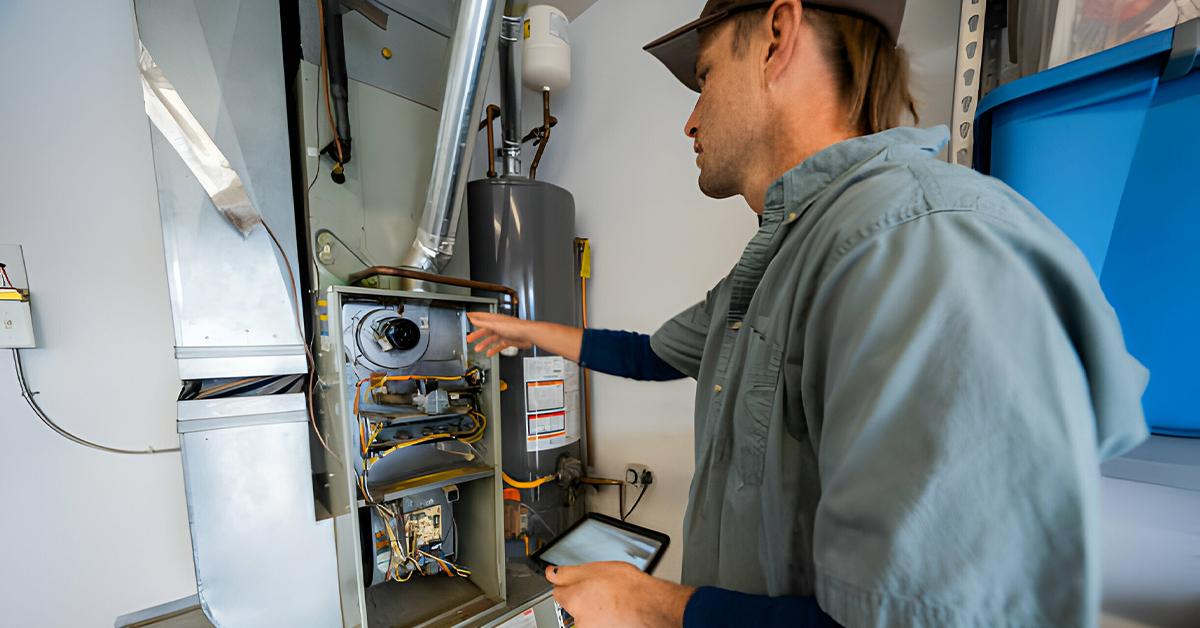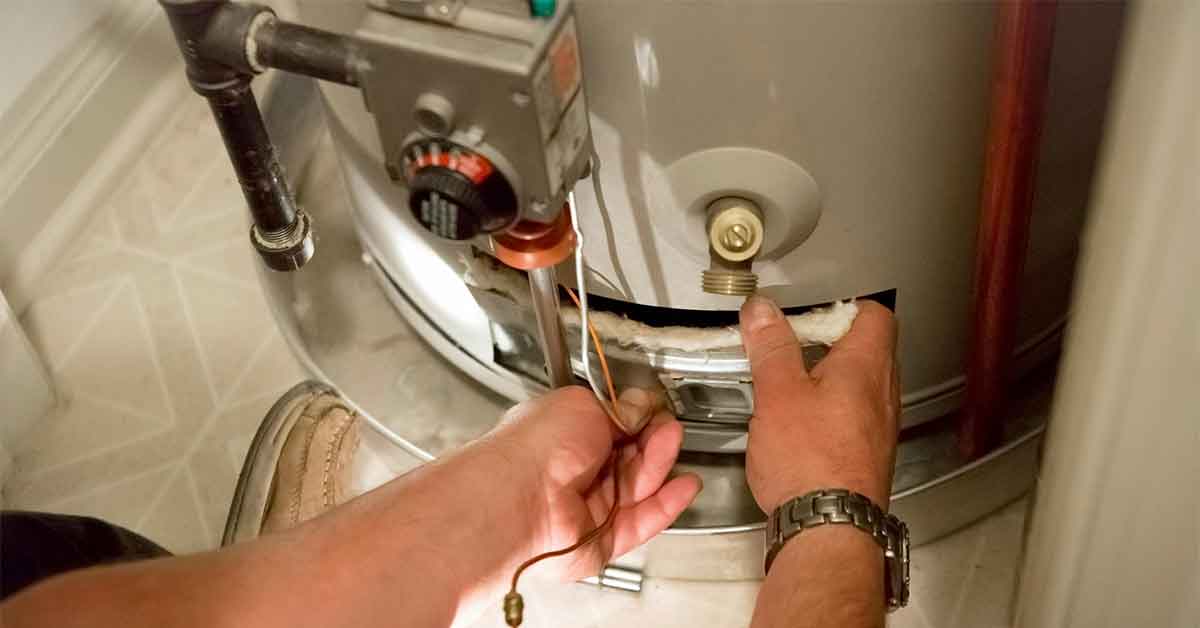Blog


Air Conditioning – The Complete Guide to Understanding, Choosing, and Maintaining Your System
Air conditioning has become an essential part of our lives, providing cool air in hot weather and helping us to stay comfortable all year round. Whether you’re considering installing a new system or maintaining an existing one, this guide will provide you with all the information you need to make informed decisions about your air conditioning.
How Air Conditioning Works
Air conditioning systems are designed to cool a room or building by removing heat and humidity from the air. The basic principles of air conditioning involve transferring heat energy from one place to another, allowing for a cooler environment.
To understand how air conditioning works, it is important to first understand the components of an air conditioning system. An AC unit consists of two main parts: the condenser and the evaporator. The condenser is typically located outside the building and contains a fan, compressor, and condensing coils. The heat from inside the building is drawn in by the fan and transferred through the compressor, which increases its temperature until it reaches a certain point. Then, it flows through the condensing coils where it is cooled down before being released outside.
The evaporator is located inside and consists of an evaporator coil and fan. Warm air from inside the room passes over the evaporator coil which cools it down before being circulated back into the room by the fan.
At the heart of any air conditioning system lies refrigerant, a special type of liquid that can absorb large amounts of heat energy when it changes state from liquid to gas. In an AC unit, the refrigerant enters as a low-pressure liquid at the evaporator coil before being vaporized into a high-pressure gas in order to draw out more heat energy before passing through a metering device and back into the compressor where it is once again returned to its liquid form so that it can repeat this process over again.
By continuously cycling this cold refrigerant throughout an AC system, warm air can be removed from inside a home or building while cooler air is circulated back in, allowing for comfortable temperatures all year round!
Types of Air Conditioning Systems
Types of Air Conditioning Systems come in several different varieties, each suited for different applications. Split air conditioning systems are ideal for homes and businesses because they are relatively easy to install when compared to packaged or central air conditioning systems. In a split system, two components – an outdoor unit and an indoor unit – work together to cool the air. The outdoor unit houses the compressor, condenser coil, and fan, while the indoor unit contains the evaporator coil and expansion valve. The outdoor component removes heat from the inside of a building while circulating the cooled air through ducts that lead back into the home or office.
Central air conditioning systems are the most popular type of AC system. These systems are comprised of two main components: an indoor unit and an outdoor unit. The indoor unit consists of a fan, an evaporator coil, and an expansion device, while the outdoor unit includes a fan and condenser coil. In these systems, chilled air is circulated through ducts located in walls or ceilings throughout the home. This allows for even temperatures throughout the house and helps save energy by cooling only occupied rooms or areas.
Ductless mini-split systems are a great option for older homes that don’t have existing ductwork. These systems consist of an outdoor unit connected to one or more indoor units via refrigerant lines running through a small hole in the wall between spaces. Each indoor unit is then able to independently control the temperature in its own space, making them ideal for single-room applications such as bedrooms, garages, or sunrooms. They offer homeowners greater freedom when it comes to zoning their homes as well as energy savings associated with not having to cool entire portions of the home unused at any given time.
Window air conditioning units are similar to traditional central air conditioners but instead use one large unit housed inside a window frame or wall opening. This makes them ideal for cooling single rooms or small apartments without having to install any additional equipment like ductwork or compressors on the property outside your home. They are also highly affordable compared to other types of AC systems, making them great for budget-minded homeowners who just need localized cooling capabilities in select locations throughout their homes.
Portable air conditioners are another viable option for people looking for localized cooling options without having to invest in expensive installation costs associated with more permanent solutions such as central AC systems and ductless mini-splits. Portable ACs can easily be moved from room to room as needed and provide effective relief from hot temperatures with minimal effort on your part since they don’t require any extra setup beyond plugging into an electrical outlet.
Choosing the Right Air Conditioning System for Your Home
When it comes to choosing the right air conditioning system for your home, there are a few factors to consider.
Firstly, size is an important factor. Choosing a unit that is too small for your space can mean that your room won’t be adequately cooled or heated. It’s essential to measure the square footage of the area that you plan to cool before making a purchase.
Secondly, energy efficiency ratings should also be taken into consideration when selecting an air conditioning system. An Energy Star-rated system can help save money on energy bills and protect the environment at the same time. These units usually have higher initial costs but can pay for themselves in energy savings over time. To ensure maximum efficiency, make sure to find out the Seasonal Energy Efficiency Ratio (SEER) of any unit you are considering purchasing.
Finally, performance should also be considered when selecting an air conditioning system – some systems offer better cooling performance than others and may be suited better to hot climates or larger rooms. Make sure to read customer reviews before investing in an air conditioner to get an idea of how effective it really is in providing adequate cooling and heating without excessive noise levels or high energy consumption.
Air Conditioning Maintenance and Upkeep
Air conditioning maintenance and upkeep are essential for any home or business. Regular maintenance of air conditioners helps to ensure that the system runs efficiently, extends the lifespan of the unit, and can even reduce energy bills.
The importance of regular maintenance cannot be overstated. Regularly checking and cleaning air filters, fins, coils, and drain lines can help to prevent costly repairs in the future. It is also important to regularly examine all electrical wiring, as well as ensure that all protective covers are in place and operational. All these simple actions will increase efficiency and help extend the life of the unit.
DIY maintenance tips include changing air filters routinely (ideally every 3 months), inspecting drain lines for blockages or other issues, cleaning coils and fins with a hose or soft brush, ensuring correct refrigerant levels, and lubricating moving parts on outdoor condensers. Additionally, it is important to make sure thermostats are functioning properly so that rooms can be kept at desired temperatures with minimal effort.
However, while it may be possible to perform basic DIY tasks such as those mentioned above, more complex problems should always be left to trained professionals. Issues such as refrigerant leaks or incorrect electrical wiring require special tools and expertise in order to diagnose them correctly and repair them safely. A qualified technician can also provide advice on whether it is time to replace an old system with a newer model which may save money in the long run due to its higher efficiency ratings.
Troubleshooting Common Air Conditioning Problems
Air conditioning systems can encounter a range of issues that can affect their performance. One of the most common problems is poor cooling performance, which can be caused by a dirty air filter or a refrigerant leak. Another issue that can arise is the system not turning on, which may be due to a tripped circuit breaker or a faulty thermostat. Noisy air conditioning units can also be a nuisance and may indicate issues with the blower motor or fan blades. To resolve these issues, it’s recommended to regularly clean or replace air filters, check for refrigerant leaks, reset tripped circuit breakers, and replace faulty components such as thermostats, blower motors, and fan blades. In some cases, it may be necessary to seek professional assistance to diagnose and repair more complex problems.
Conclusion:
Air conditioning plays an important role in our daily lives, and with the right system and maintenance, it can provide comfort and energy efficiency for years to come. If you’re in need of air conditioning services, including installation, maintenance, or repair, consider contacting Air Done Right. Their team of experts can help you find the right system for your home, provide regular maintenance and upkeep, and troubleshoot any issues you may be experiencing.




